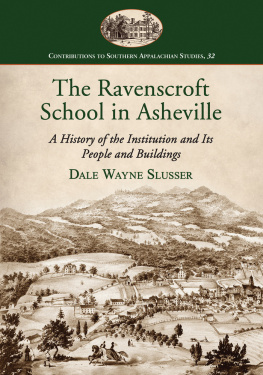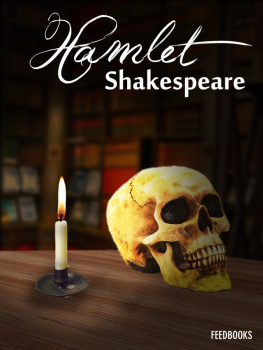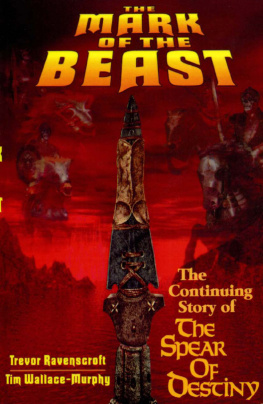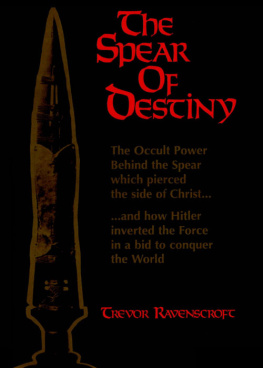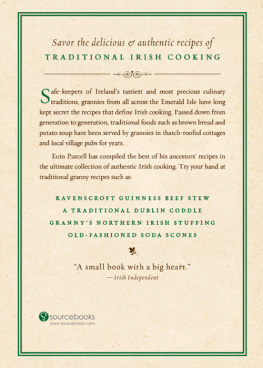
The Ravenscroft School in Asheville
A History of the Institution and Its People and Buildings
DALE WAYNE SLUSSER
CONTRIBUTIONS TO SOUTHERN APPALACHIAN STUDIES, 32

McFarland & Company, Inc., Publishers
Jefferson, North Carolina, and London
LIBRARY OF CONGRESS CATALOGUING DATA ARE AVAILABLE
BRITISH LIBRARY CATALOGUING DATA ARE AVAILABLE
e-ISBN: 978-1-4766-0350-6
2014 Dale Wayne Slusser. All rights reserved
No part of this book may be reproduced or transmitted in any form or by any means, electronic or mechanical, including photocopying or recording, or by any information storage and retrieval system, without permission in writing from the publisher.
Front cover: View of Asheville, N.C. and the Mountains from the Summer House, Sarony & Major lithograph, published by James M. Edney, 1851; inset: part of a Ravenscroft High School advertisement, in an 1891 issue of The Forum (both from the collection of the author)
McFarland & Company, Inc., Publishers
Box 611, Jefferson, North Carolina 28640
www.mcfarlandpub.com
In memory of
Mary Toole Parker (19142012), whose father, Haywood Parker, was a Ravenscroft headmaster;whose grandfather, Thomas Walton Patton, was on the Ravenscroft Board of Fellows; and whose great-grandparents, James W. and Henrietta Kerr Patton,were founders of Trinity Episcopal Church.
Acknowledgments
One quickly nds that research and writing are collaborative efforts, requiring the aid and assistance of friends, family, fellow researchers, archivists, and librarians.
Zoe Rhine, Ann Wright and Lyme Kedic of the North Carolina Collection at Pack Memorial Library in Asheville were constant and invaluable assistants to my research. They not only patiently handled my numerous emails and phone calls (and occasional visits) but also often provided the legwork to search through material for me.
A number of staff from academic institutions were of great assistance to me in my research. Locally, I acknowledge the help of Helen Wyckle, associate professor and head librarian of the special collections at the D. H. Ramsey Library at the University of North Carolina at Asheville.Also, Jeremy Williams and Greta Browning assisted me in accessing material from the WNC Episcopal Diocese Collection in the Special Collections Library at Appalachian State University in Boone, North Carolina. I extend special thanks to my friend, Stuart Burns of Boone, for acting as my research assistant and retrieving the material for me from Appalachian State University. Rachel Howarth at Houghton Library, Harvard University, was very helpful in tracking down a photo of Judge Cocke and Thomas Wolfe, despite my giving her an incorrect call number.
Ashevilles resident preservation specialists were also an invaluable source of aid. These included Rebecca Johnson and Jennifer Cathey of the Western Ofce of the North Carolina State Historic Preservation Ofce, Department of Cultural Affairs Jack Thomson and Peggy Gardner of the Preservation Society of Asheville-Buncombe County; and Stacy Merton of the Historic Resources Commission, Asheville.
I am indebted to architect and historic preservationist David R. Black, AIA of Hager Smith architects, Raleigh, for sharing his experience with the initial saving of Ravenscroft in 1978. Also, I am indebted to J. Myrick Howard, executive director of Preservation North Carolina, for sharing his experience with the initial saving of Ravenscroft as well. But more importantly, I publicly thank these two men for their foundational and instrumental roles in the preservation of Ravenscroft.
I am likewise indebted to a number of people who helped me nd information about Mr. Shoenberger and Shoenberger Hall, including Jude Wudarczyk of the Lawrenceville Historical Society, Lawrenceville, Pennsylvania; the Rev. Richard W. Davies, director of Old St. Lukes Church in Pittsburgh, Pennsylvania; author Mary Brignano, Pittsburgh; architect and preservationist Mike Cox of Asheville; and John Toms, board member of the Preservation Society of Asheville-Buncombe County and archivist at St. Lawrence Cathedral,
Asheville. In addition, I would like to acknowledge the help of Margaret Hunt Landis of the Marietta Restorations Associates, Marietta, Pennsylvania, who recently helped with research on the Shoenberger family. More importantly, I would like to thank her for giving me my rst opportunity to use my research skills. Thirty years ago she asked a young inexperienced college student to take on the monumental task (or so it seemed to me) of preparing the National Register nomination for an extension to the Marietta Historic District. It was then that I rst learned to research, identify architectural features, prepare maps and diagrams and write concise and readable text.
I am also very thankful to Thomas M. Phelps of Bostic, North Carolina, for contacting me and sharing the results of his family research and the journals of his great-grandfather, Girard Phelps. Thanks are also in order to his wife, Christine Phelps, who had transcribed the handwritten journals into a readable format.
The Rev. Mr. Edward Chapman of Emmanuel Episcopal Church in Cumberland, Maryland, was helpful in sharing his research on the Rev. D. H. Buel, who had served at Emmanuel before coming to Ravenscroft. I am also indebted to the Rev. Mr. Chapman for scanning the portrait of Rev. Buel and permitting its use for this book. Also helpful with research on the Rev. Buel was Maggie Bowles of St. Davids Episcopal Church, Cullowhee, North Carolina.
On the editorial side of things, I would like to thank my wife, Susan, for her patience during those many hours when my head was either in a reference book or racing ahead composing the next paragraph of the story. Friend and professor of business administrator/department chair at Newberry College, Dr. Joe Franklin, was a constant encouragement throughout the preparation of this book. Joes superb photographic skills are evident throughout the book as well.
I also thank MTM Investments, the current owners of Ravenscroft, for their faithful stewardship of the building. Thanks are likewise sent to Amanda McDevitt, building manager; Lynn Burns and Rick Flemming of RPF Construction; and the staff of Biltmore Dermatology Associates for access to the many rooms of Ravenscroft.
Lastly, I acknowledge the help of Mary Toole Parker, whose family (Parker/Patton) had been a part of Ravenscroft from its inception in 1854. Marys father, Haywood Parker, had been an instructor and headmaster at Ravenscroft High School from 1887 to 1889. Marys mother was Josie Buel Patton Parker, who not only was named for Ravenscrofts longtime principal, the Rev. D. H. Buel, but also was the daughter of Thomas Walton Patton, longtime member of the Board of Fellows of Ravenscroft. Marys great-grandparents (Thomas Waltons parents), James W. and Henrietta Kerr Patton, were founders of Trinity Episcopal Church, the parish in which Ravenscroft operated, and were ardent supporters of the school when it rst opened. And lastly, Marys great-grandfathers brother, William Patton, sold the original property to the diocese in 1854 to be used for a Classical & Theological School. Mary Toole Parker was a lifetime member of Trinity Episcopal Church and an ardent supporter of many of Ashevilles civic organizations, such as the Friends of the Library, YWCA, and Asheville League of Women Voters (a founding member), and in 2011 Mary was designated one of the Ashevilles Living Treasures. Mary, to whom this book is dedicated, passed away shortly before this book was completed.
Next page
